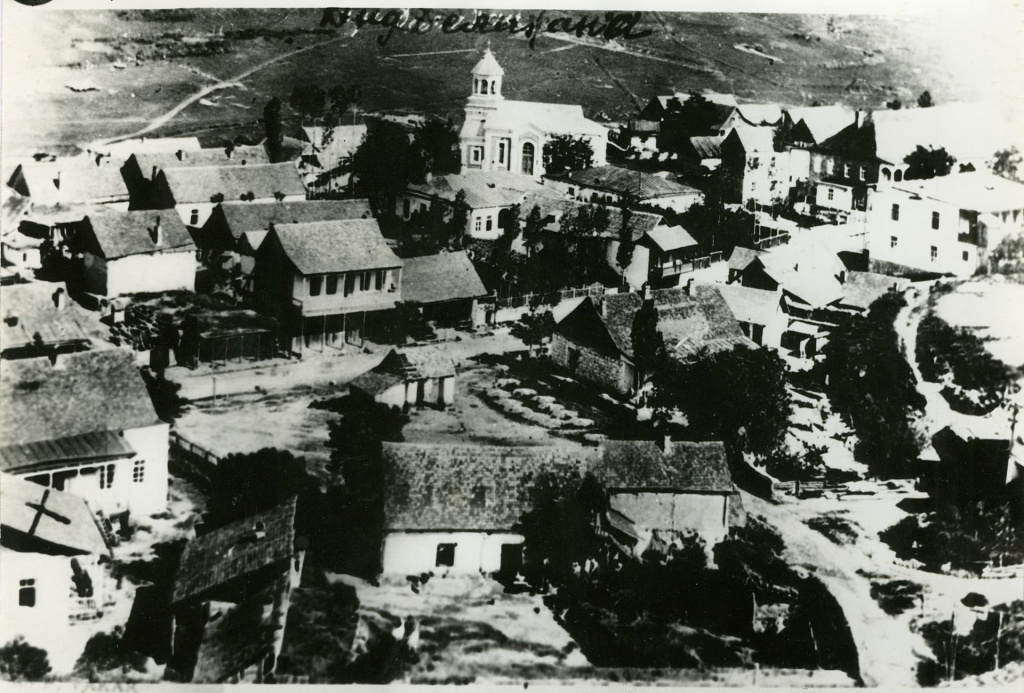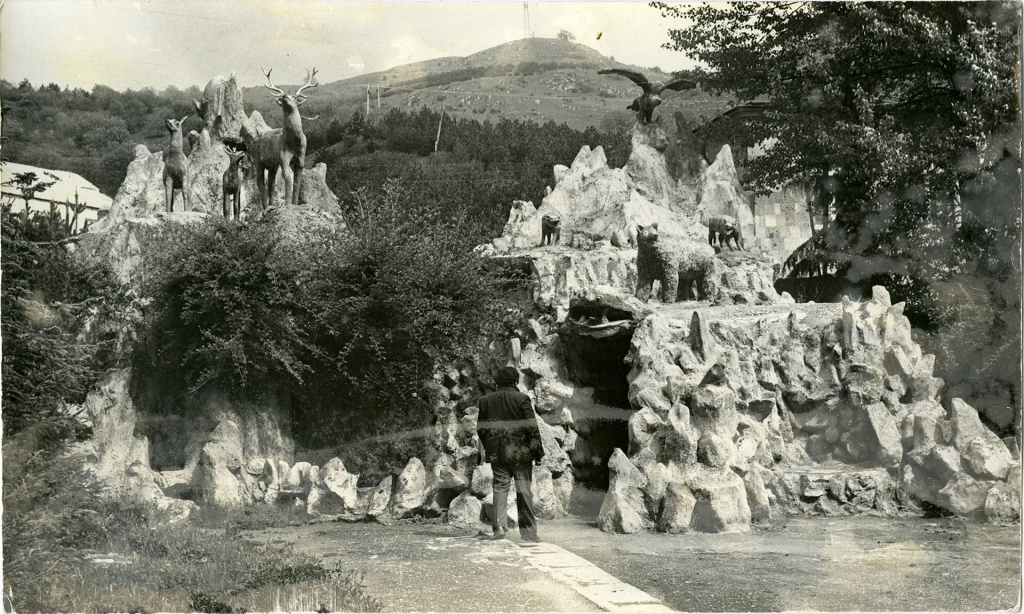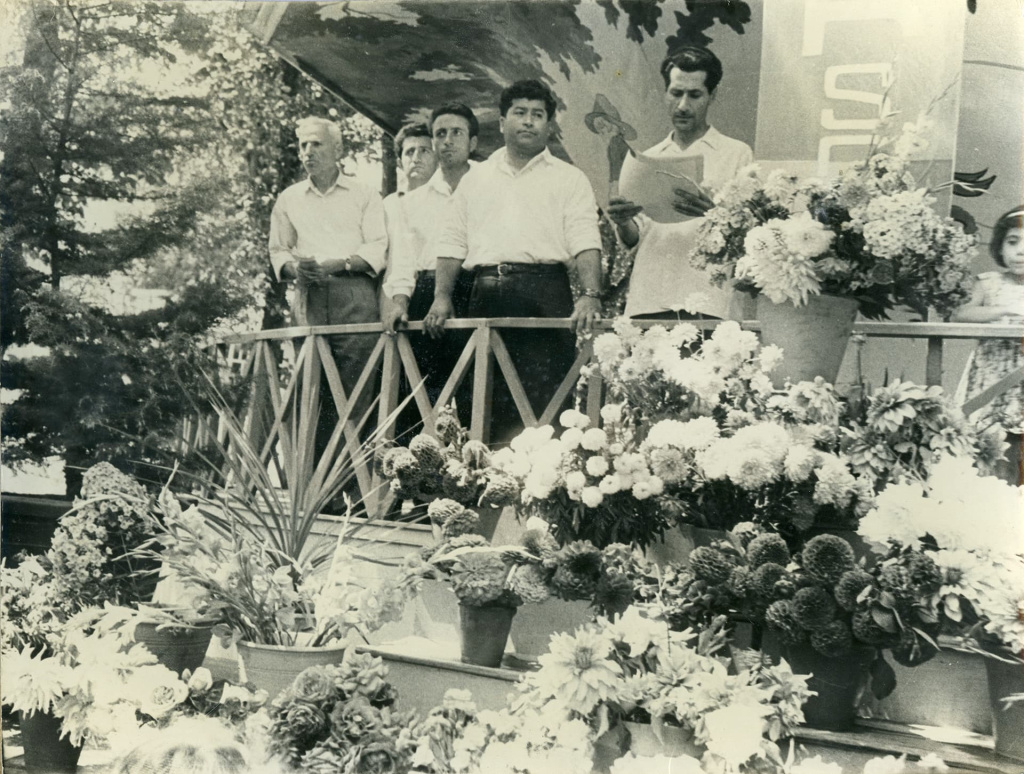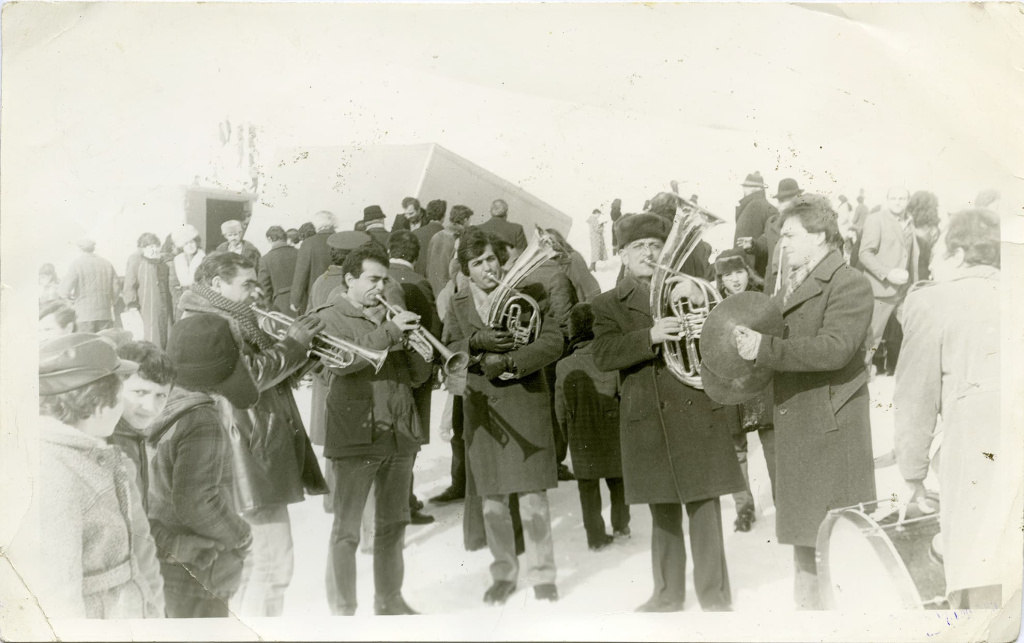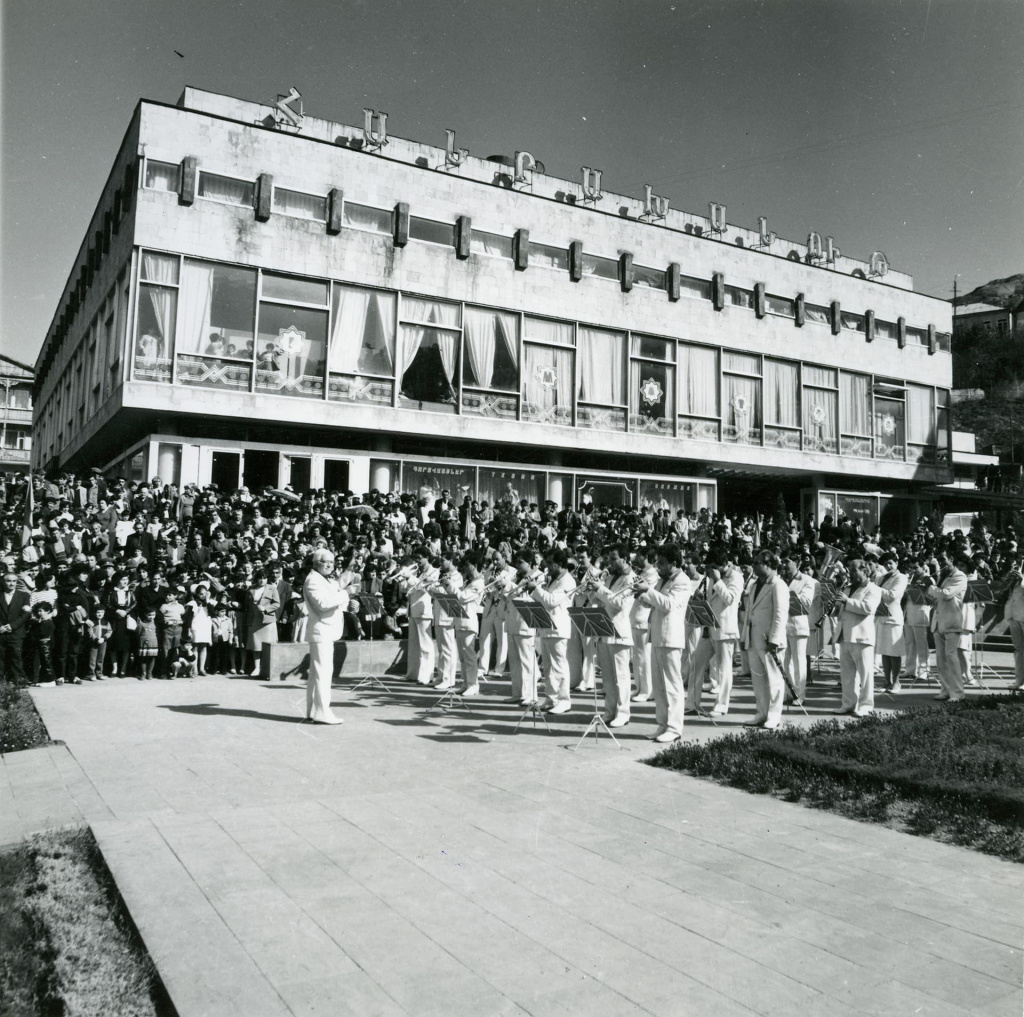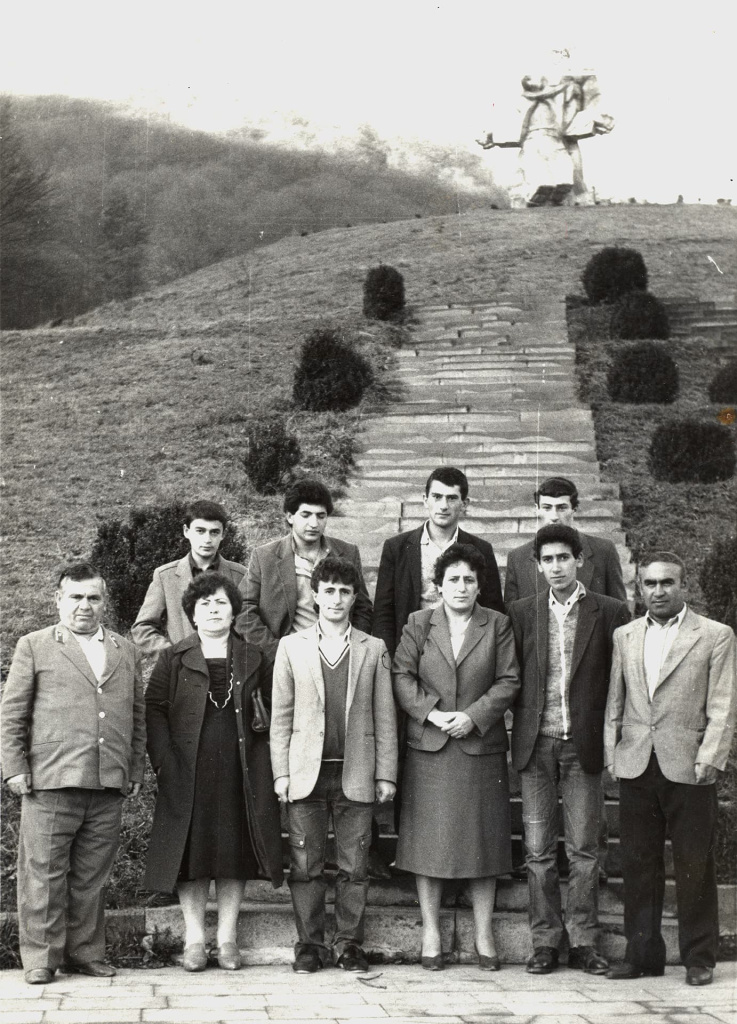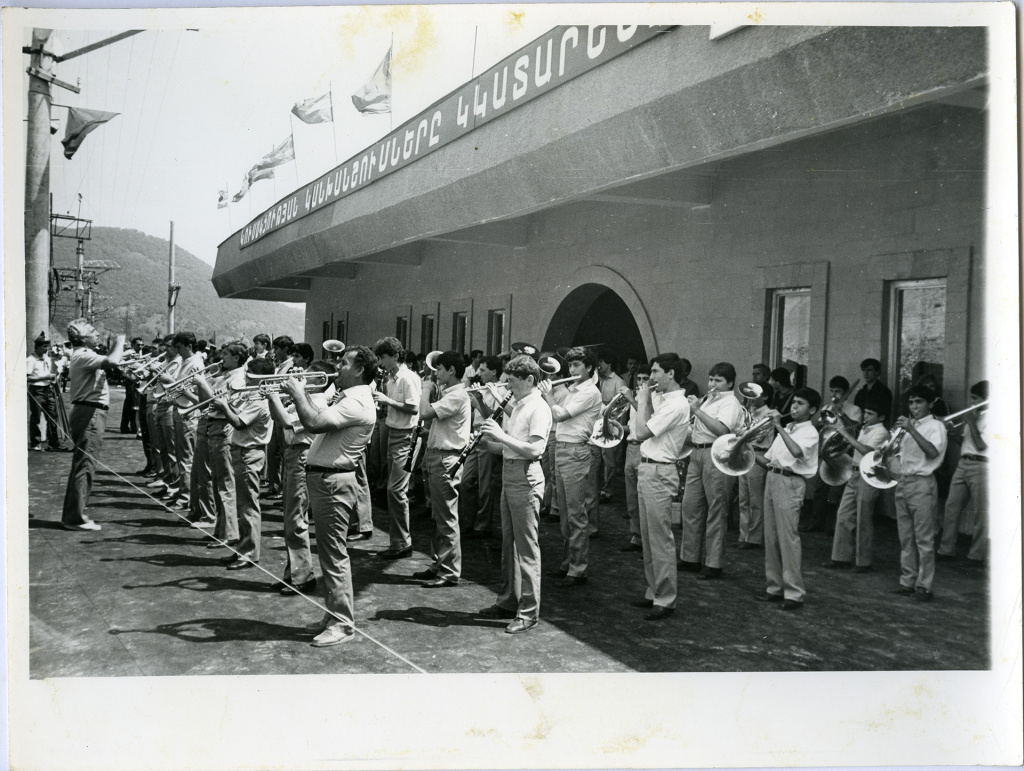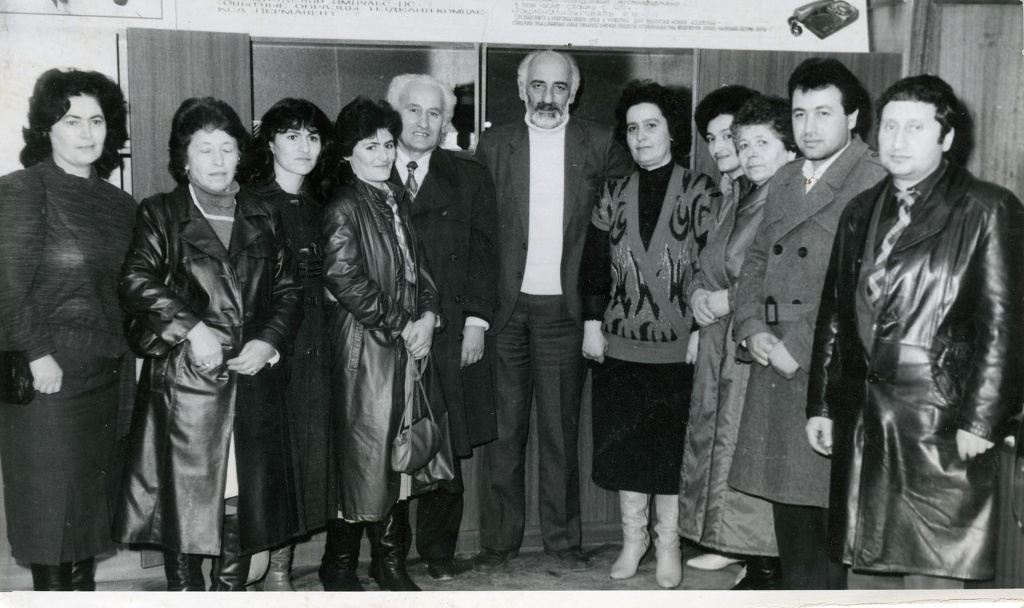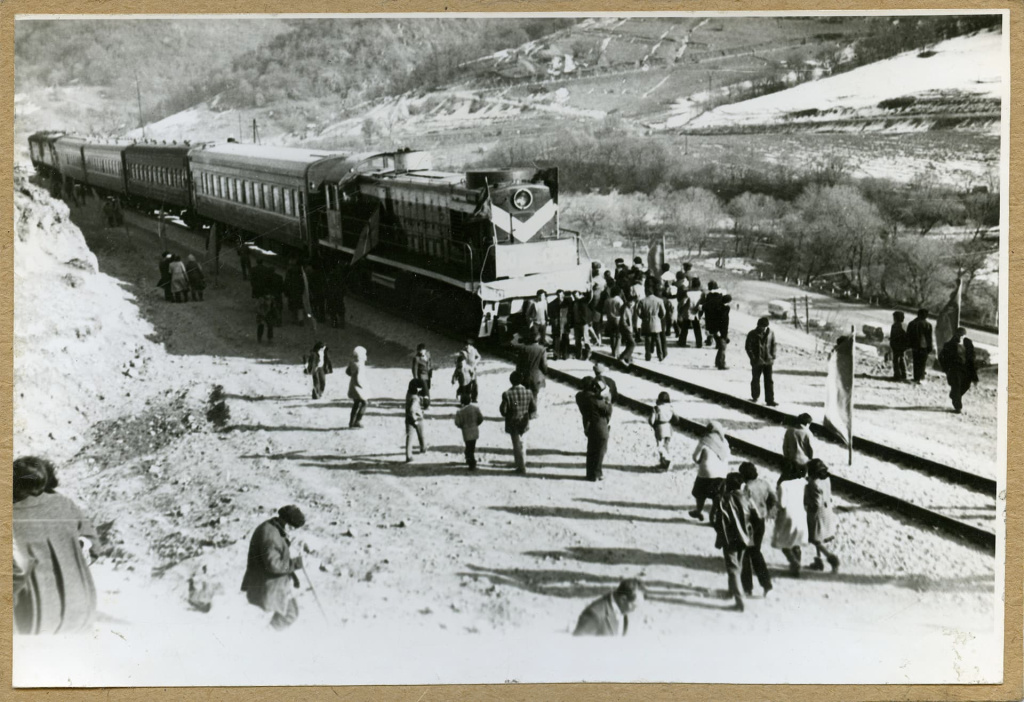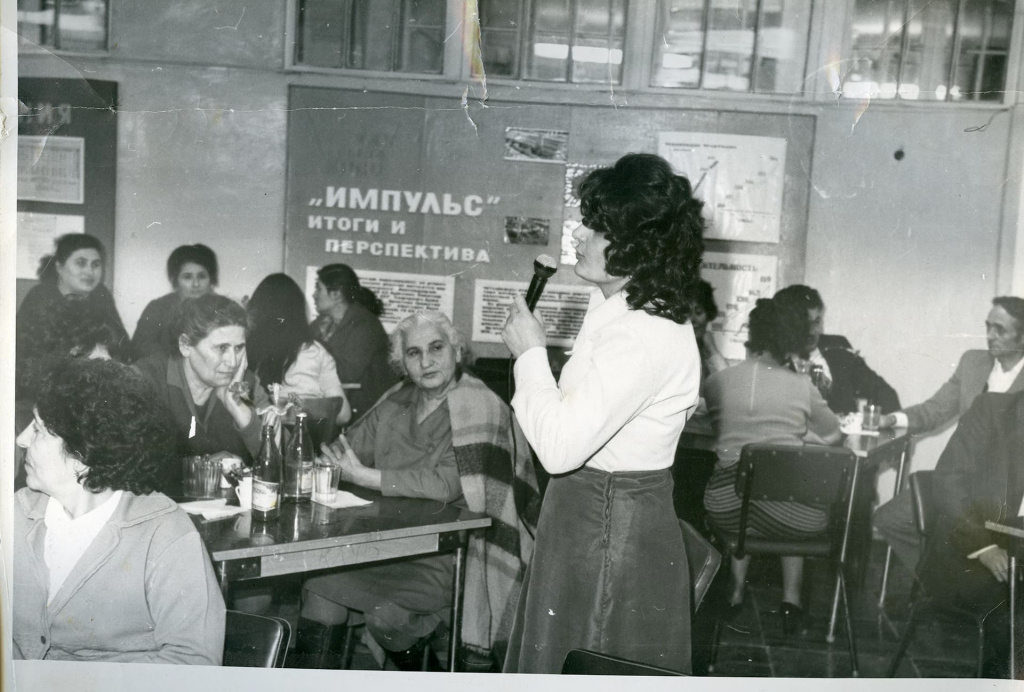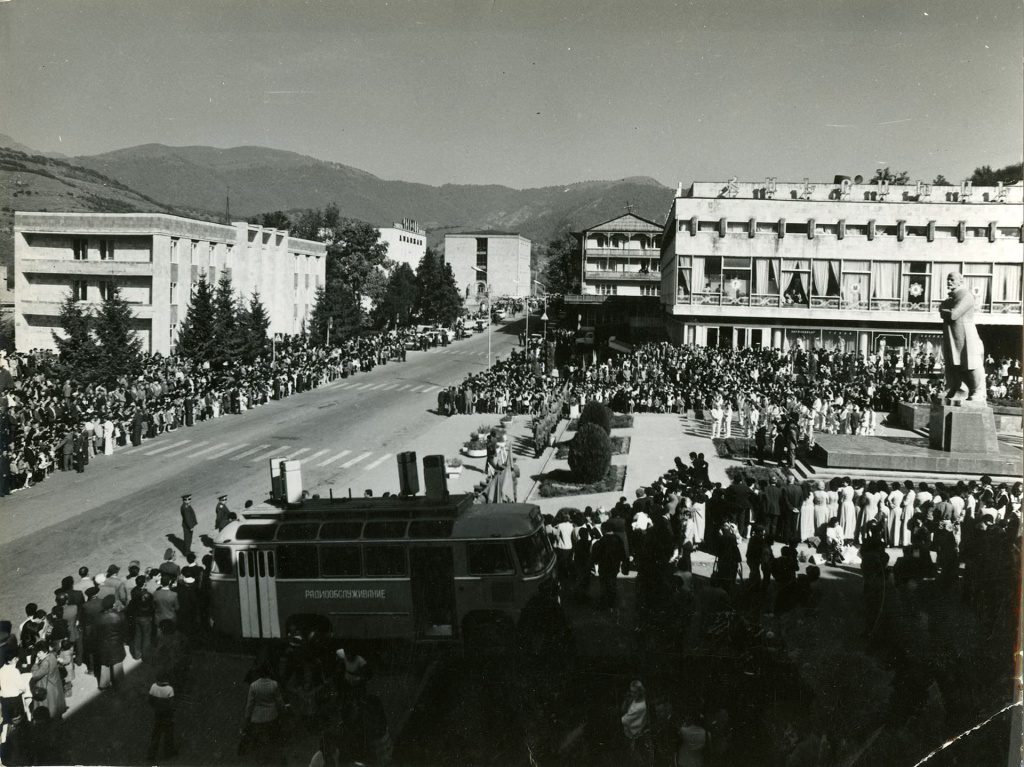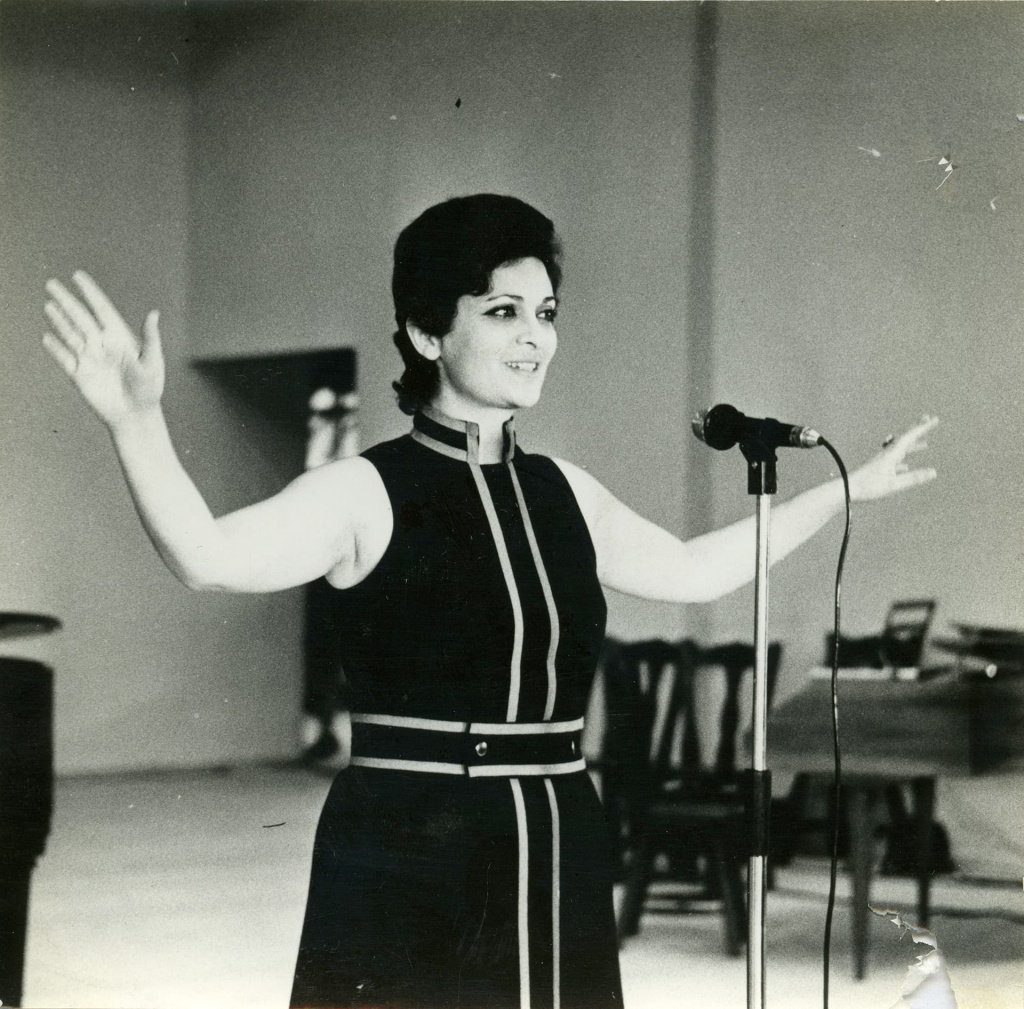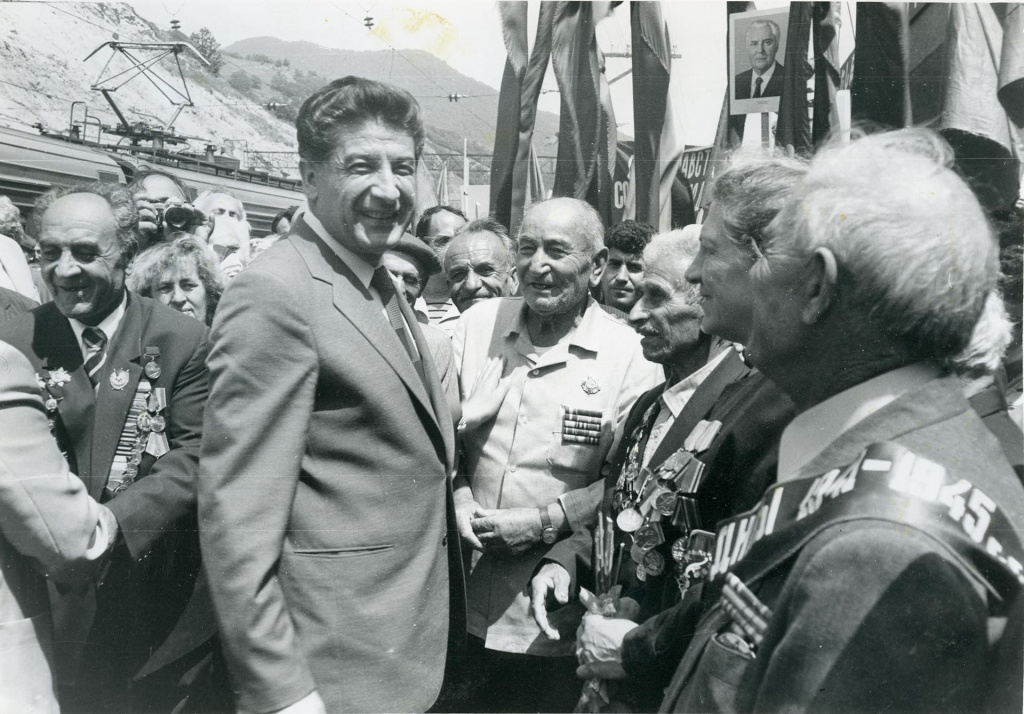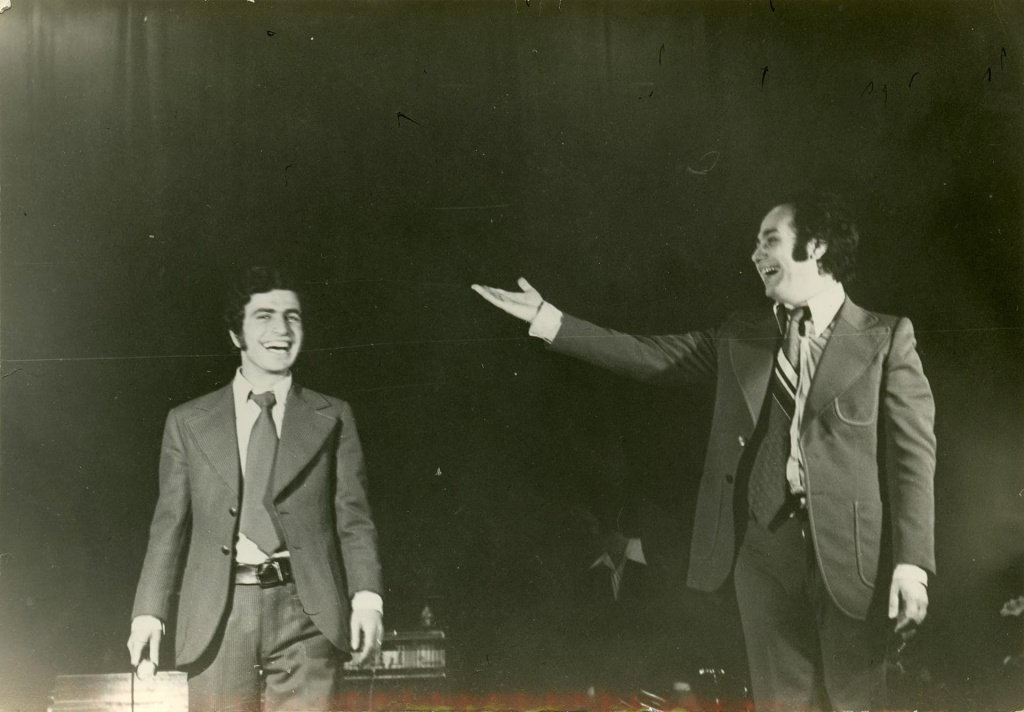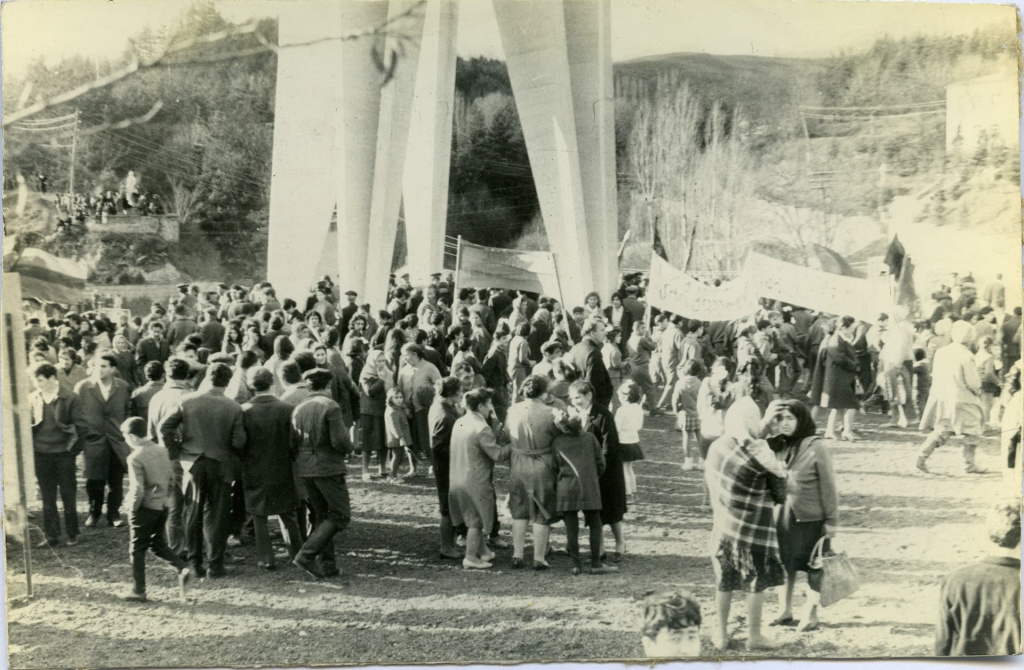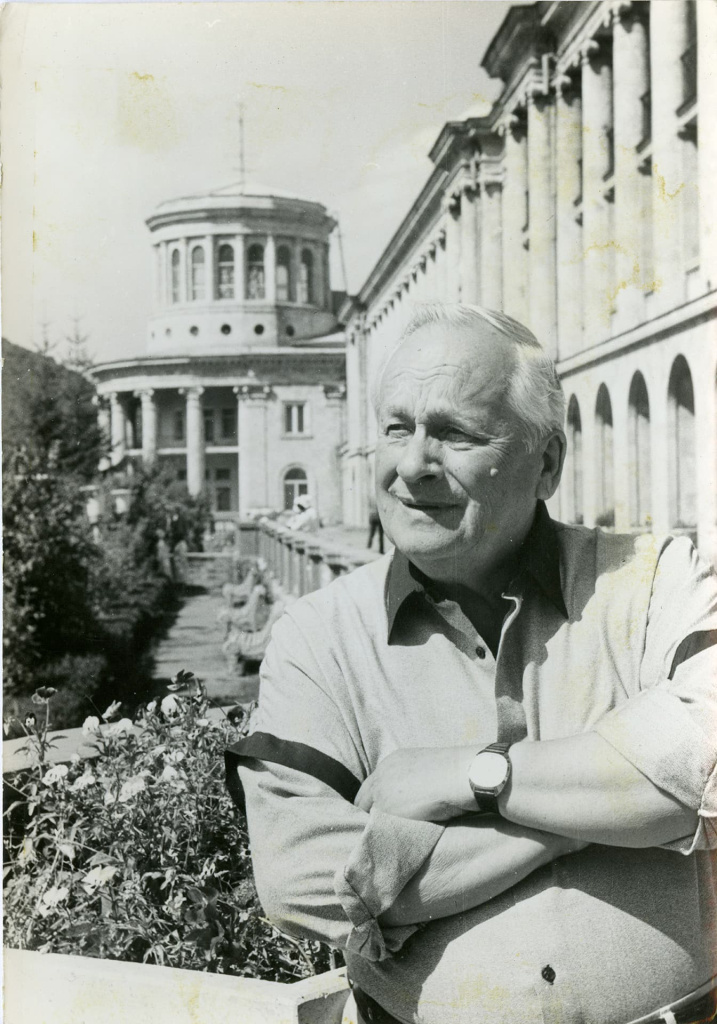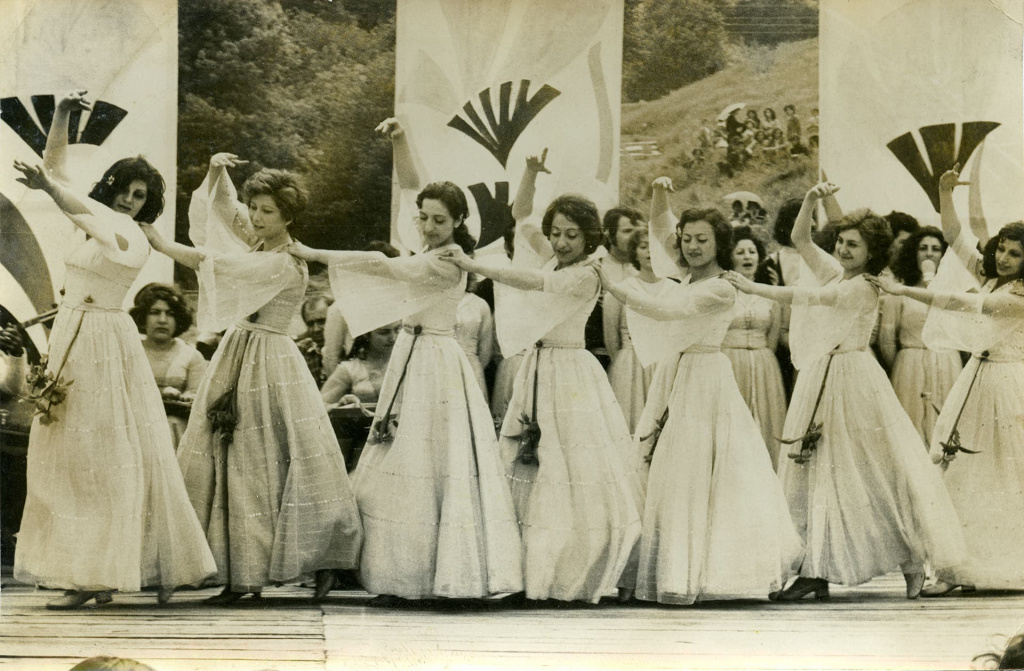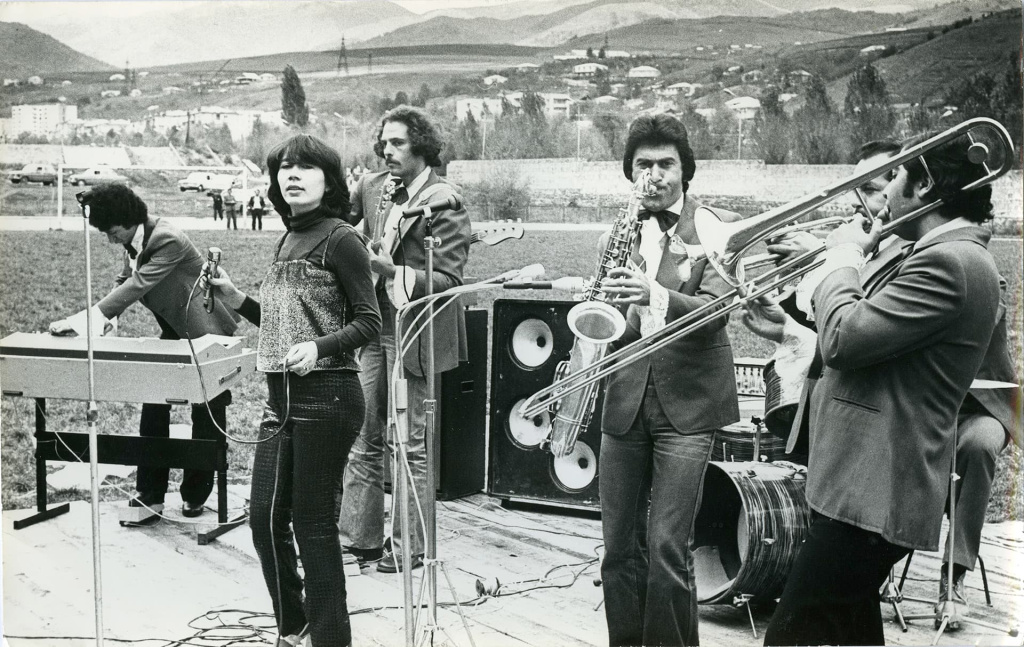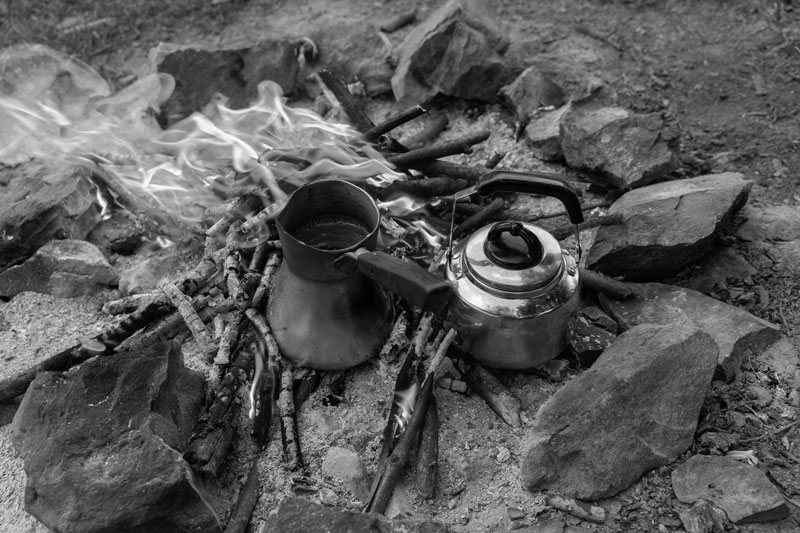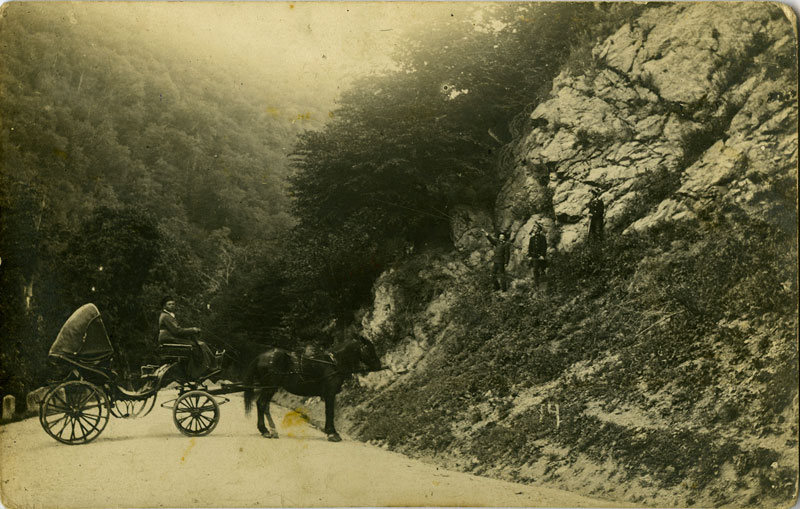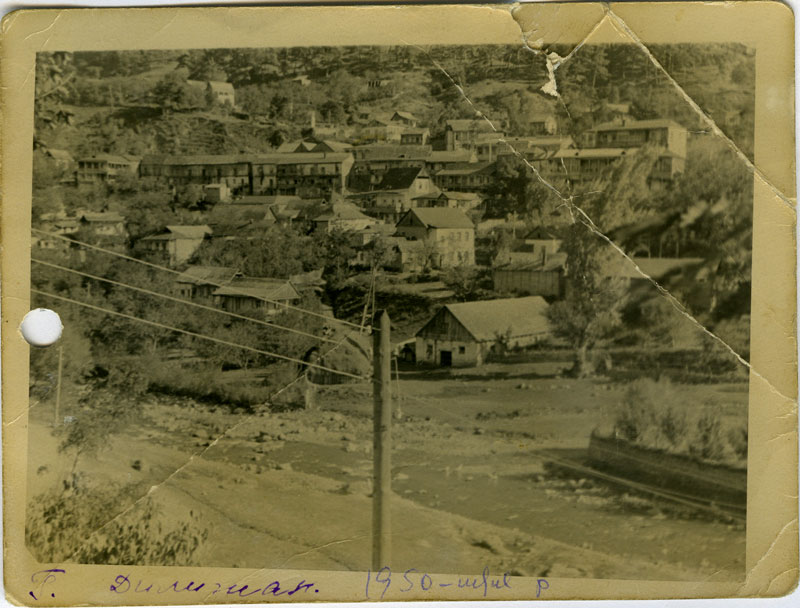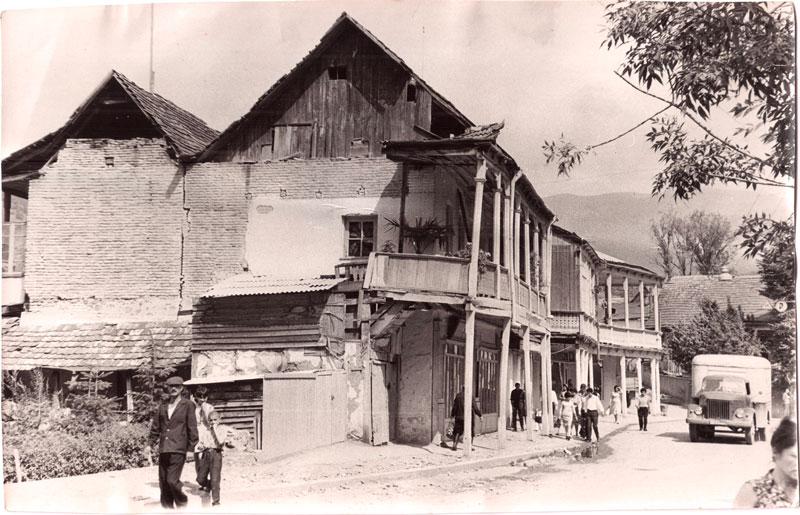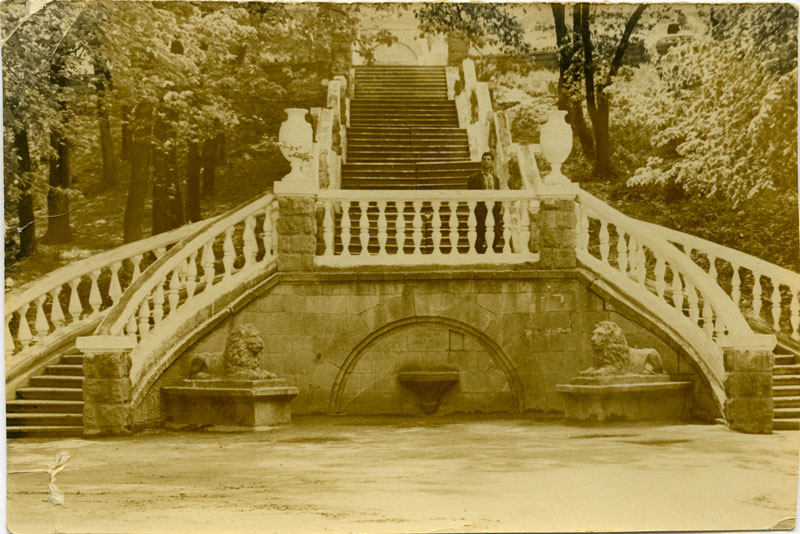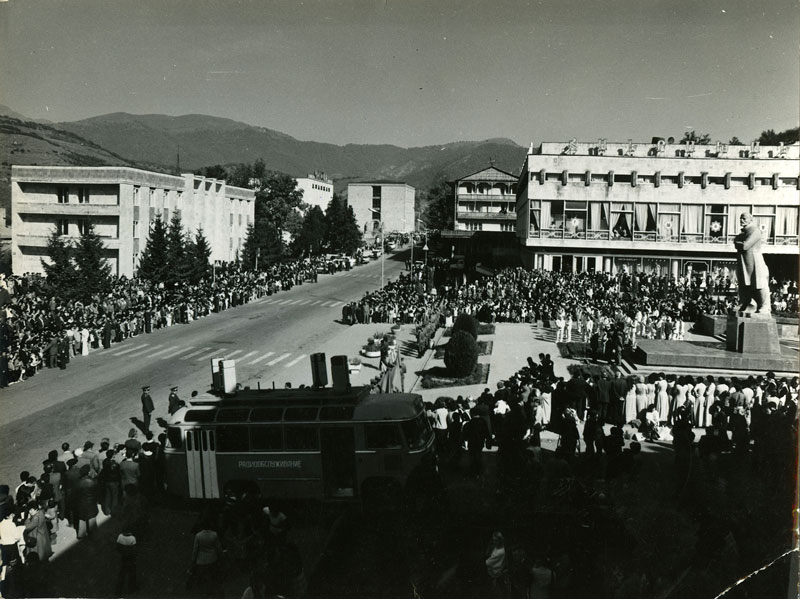Dilijan in a whirlpool of history
Starting from the summer residence of the kings and getting to the tourist center of modern Armenia
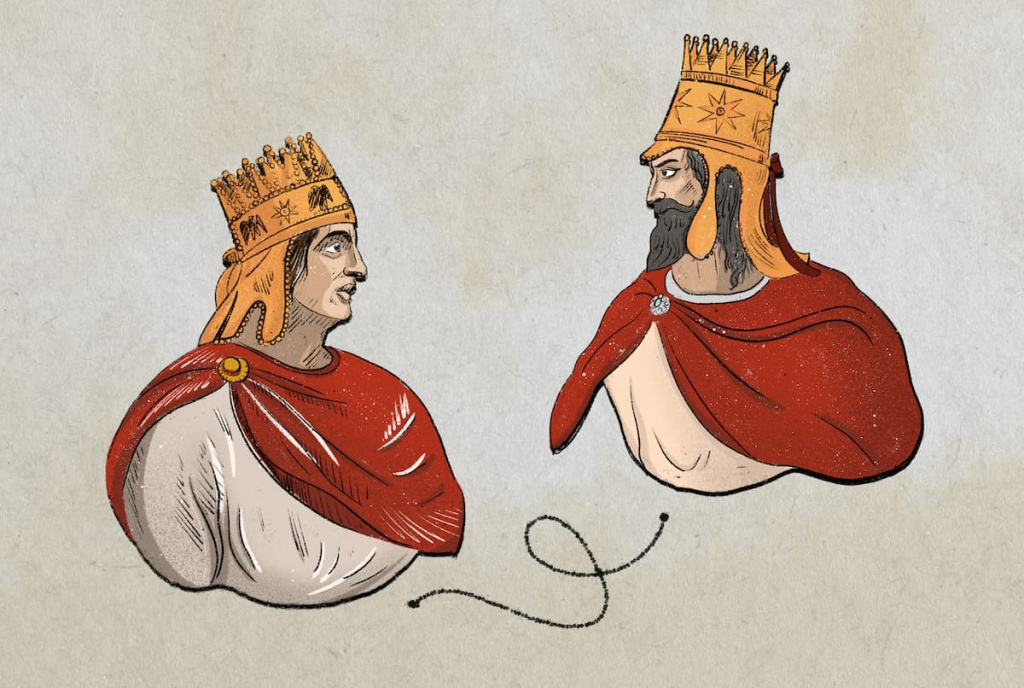
The history of Dilijan, like the whole history of Armenia, is full of dramatic events. Since it used to be at the crossroads of civilizations and cultures, the ones between the West and East, these territories have more than once become an arena for geopolitical battles of powerful empires.
Do you know that the first settlements appeared here in the pre-Christian period, around the 3rd millennium BC? And do you know that during the reign of one of the royal dynasties of Armenia, the territory of Dilijan was the summer residence of the kings?
When was the first reference to the toponym “Dilijan” and in what era did it finally receive the status of a resort city of republican significance?
So, in order to find answers to these questions and better understand how it all began, let’s take a tour around the history of Dilijan starting from the very beginning to the present day.
Pre-Christian period
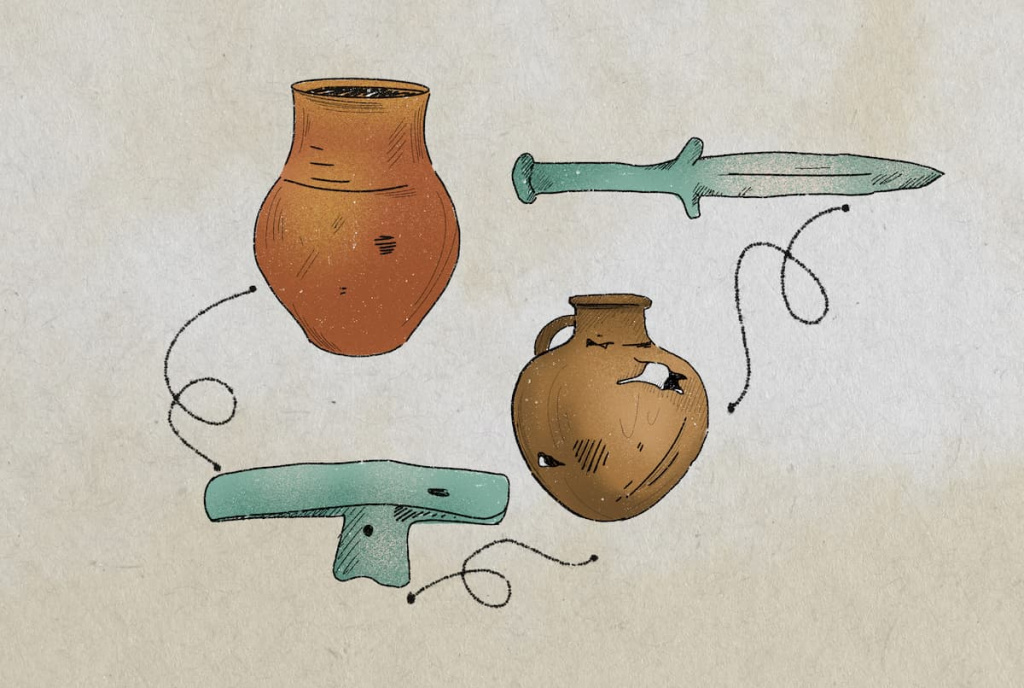
The archaeological excavations in the 50s of the XIX century showed that settlements on the territory of Dilijan had existed since the Late Bronze Age and Early Iron Age (the end of the II and the beginning of the I millennium BC). These were the first excavations carried out on the territory of Armenia in the “Redkin Camp” area, as a result of which extremely precious artifacts of the Kura-Araxes era were discovered (approximately from III millennium BC). The culture of this period belongs to the Early Bronze Age, and it covers the entire Armenian Highlands, the northwestern part of Iran, and the territories of the South and North Caucasus. Those who represented the Kuro-Araxes culture had well-developed agriculture and animal breeding. The primitive plow, metal sickles, axes, and spears came into use. All the primitive stone tools were being used. The ceramics developed exponentially. Various vessels, jugs, and other utensils, decorated with carved, indented, or incised geometric ornaments, were handmade.
As part of Great Armenia
In the IV century BC Artashes I founded a powerful state on the territory of the Armenian Highlands, which was Great Armenia. It soon became one of the leading states of the Middle East. Artashes himself became the founder of one of the most famous Armenian royal dynasties, the Artashesid dynasty, to which Tigran II the Great (Tigran Mets) also belonged. During his reign, the borders of the Armenian state reached places as far as Egypt. The cities of Great Armenia became the centers of Hellenistic culture. The most important trade routes from the Mediterranean to the East also passed through them.
The territory of Dilijan was historically part of the Varazhnunik district of the Ayrarat region of Greater Armenia.
In the I century AD the Arshakuni dynasty took over the Armenian throne, during the reign of which the territory of modern Dilijan and its environs received special status, becoming the royal residence and hunting ground. The territories along the Aghstev River were called Kaenadzor, and Dilijan itself was called Hovk. In the future, Kaenadzor was also called the province of Kaeno, where the grandson of Hovhannes, Prince Dilijan, was born. The etymology of the city is probably connected to his name.
This type of administrative-territorial division remained until the end of the IV century before the first division of Armenia between the Byzantine Empire and Sasanian Persia.
5 km north of the village of Teghut, on the territory of "Cheri Gher", there are two boundary stones of the Armenian king Artashes I with inscriptions carved in Aramaic.
Tsar Trdat III also belonged to the Arshakuni dynasty, during his reign, Armenia adopted Christianity in 301. This played a big role in the cultural development and formation of the identity of the Armenian people. Armenia became the first state to adopt Christianity as a state religion.
Many monuments of medieval Christian culture have been preserved on the territory of the Dilijan National Reserve. The most famous and largest of them are Goshavank and Haghartsin monastic complexes.
The first division of Armenia. Eastern Armenia under the rule of Persia
Unfortunately, the history of the first four centuries of the new era turned into the gradual loss of statehood and the division of Great Armenia between two powerful neighbors the Eastern Roman Empire (Byzantium) and the Parthian Empire (from the III century referred to as Persians). The gradual weakening of the state was also facilitated by the internal division within Armenia itself, where Hellenism and Iranism were at odds.
In 387 Armenia lost its statehood and was divided between Rome and Persia for the first time. The tsarist regime was abolished in the Roman part in 391, and in 428 in the Iranian part. Although Armenia still preserved some internal self-rule under “marzpans” (Iranian governors).
The territory of modern Dilijan and the Tavush region came under the rule of Persia for long centuries. Kaenadzor became part of the Kohpapor province of the Gugark region.
The creation of the Armenian alphabet in 405-406 by the linguist Mesrop Mashtots played a crucial role in preserving the Armenian identity in the absence of statehood.
The High Middle Ages. The Tashir-Dzoraget kingdom
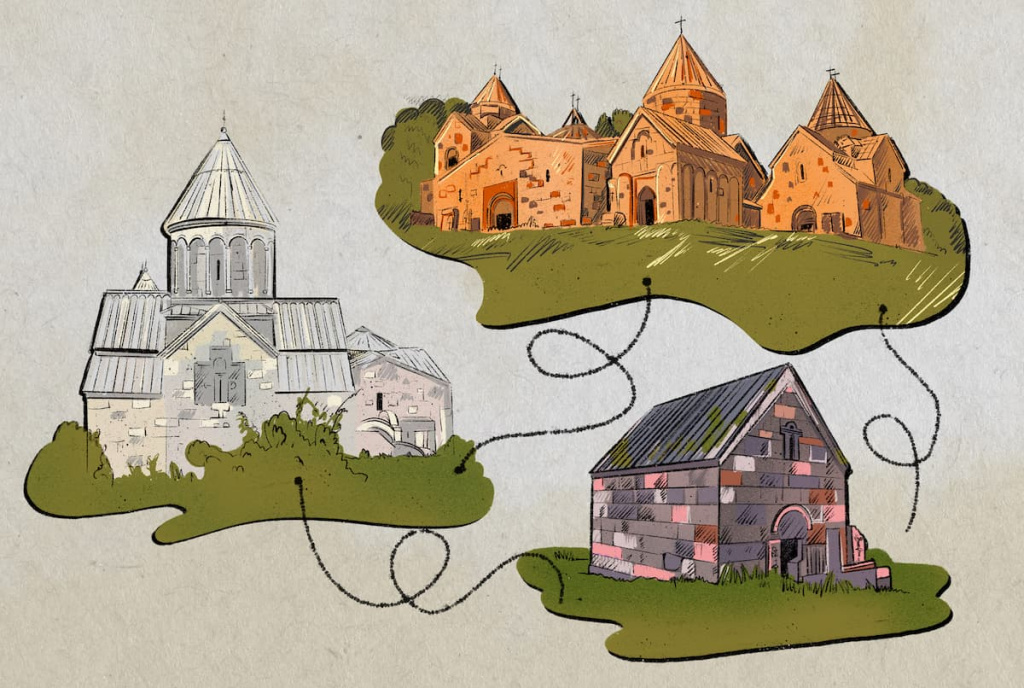
In 978, at the end of the X century, the Tashir-Dzoraget kingdom (or Lori kingdom) was formed on the territory of northern Armenia. The new feudal state formation included most of the territories of Gugark, the regions of Tashir, Dzorapor, and Koghb, as well as part of Varazhnunik (respectively, the territory of modern Dilijan and its environs).
The founder of the Tashir-Dzoraget kingdom was the son of Ashot III, Prince Gurgen. He became the founder of a new branch of the Kyurikyan dynasty, the younger one of the Armenian Bagratid dynasty.
During the period of the Tashir-Dzoraget kingdom, which coincides with the era of the High Middle Ages, the culture of Armenia is experiencing unprecedented flourishing: science, philosophy, medicine, architecture, and traditional crafts are developing. In the X-XIII centuries, the monastic complexes of Haghartsin and Goshavank were founded, which were the most important cultural and educational centers of that time. Other medieval monasteries of Jukhtak, Matosavank, and Aghavnavank have also been preserved in Dilijan and its environs, as well as medieval khachkars.
According to the medieval Armenian historian Kirakos Gandzaketsi, the settlement of “Bujur Dili” or “Puchur Dili" (small Dili) was founded on the territory of modern Dilijan in the XIII century.
Under the yoke Safavid Iran
Due to its geostrategic position, Armenia became a warring place between Iran and the Ottoman Empire. In 1501-1502, most of Eastern Armenia, including the territories of the modern Tavush region, was captured by the Shah of Safavid Iran, Ismail I. Western Armenia later became part of the Ottoman Empire. As a result of constant debilitating wars, and raids by enemy armies, the local population began to massively leave their homeland, which led to a reduction in the Armenian population in the territories of historical Armenia. After the devastating wars, in 1639 Turkey and Persia concluded an agreement, according to which Western Armenia, which made up most of the country, was already ceded to Turkey, and Eastern Armenia to Persia.
The first mention

The name "Dilijan" was first mentioned in written records of the travel notes of the French traveler Jean Chardin in 1672 in the XVII century.
Chardin wrote that they reached a city called Dilijan, which had 300 houses. The surroundings were inhabited by Christians, Armenians ... The district was subject to Persia since its conquest by Shah Abbas.
Later, Dilijan, Caravan-sarai (Ijevan), Shamshadin (Berd), and nearby settlements became part of the Gandzak Khanate.
As part of the Russian Empire
The end of the Russian-Persian war in 1804-1813 was marked by the signing of the Gulistan Treaty in 1813. Under the terms of the agreement, the former Gandzak Khanate, which included the territory of modern Dilijan, became part of the Russian Empire.
A settlement named "Dilijan" was mentioned by a Russian diplomat and writer Alexander Griboyedov, who spent the night in the city on February 2, 1819, on his way from Tbilisi to Yerevan.
In 1844 the Russian Old Believers exiled to Armenia founded the villages of Golovino and Papanino in the vicinity of Dilijan, which in the XX century became city districts.
In the mid XIX century, by the decree of Nicholas I, several territorial and administrative changes took place in Transcaucasia. Provinces were created instead of the former Persian khanates. So, in 1849 the Erivan province was created. The remaining regions of Eastern Armenia then joined the Tiflis and Elizavetpol provinces. Dilijan became part of the Caravanserai region of the Kazakh district of the Elizavetpol province. This administrative division in the Russian Empire lasted until 1917.
The population of Dilijan is gradually growing. By the second half of the 19th century, there were already about 60 houses.
In 1869 the construction of the Tiflis-Erivan road began. The route passed through Dilijan, which made the settlement an important regional hub.
In 1880 the educational institution "Gymnasium in the Forest" was founded in Dilijan. And in 1888-1889 the first hospital was built in Dilijan, an infirmary with three doctors and a pharmacy.
In 1908, thanks to the efforts of the honored teacher Hovhannes Zakaryan, a library named after Ghazaros Akhayan was opened in Dilijan, which is considered the oldest public library in Armenia. (гиперссылка на статью Бибилиотека Дилижана)
At the end of the XIX century, Dilijan residents at their own expense built the summer theater "Rotonda" in a picturesque corner of the city, where in 1905 Gabriel Sundukyan's play "Pepo" was staged for the first time. Theatrical troupes of Tbilisi, Baku, and Alexandropo l(now Gyumri) performed with tours in Dilijan.
During the formation of the First Republic
On May 28, 1918, the Armenian National Council declared the First Republic of Armenia. Thus, the sovereignty and the statehood of Armenia, lost over the course of 7 centuries, were restored. This became possible due to the fact that the Armenian people managed to defeat the Turkish troops during the Sardarapat, Karaklis and Bashaparan battles.
According to the new administrative-territorial division, Dilijan temporarily became one of the 3 districts (“gavars”) of the Shirak region.
The Soviet period
On November 29 1920 the revolutionary committee of Armenia, together with the Armenian militia unit, entered Ijevan, and on November 30, together with units of the 11 Red Army army, entered Dilijan. It is noteworthy that the chairman of the Military Revolutionary Committee of Armenia, S. Kasyan, read out the text of the telegram of the Revolutionary Committee of Armenia to Lenin about the establishment of Soviet rule in Armenia at a rally of city workers.
On March 21 1919 the Lenin Decree was issued regarding the “Medical Areas of Nation-wide Value”, which made Dilijan one of the main medical centers in the country. In 1921 an anti-tuberculosis hospital was opened here, and the number of beds reached one hundred. From 1920-1930 an anti-tuberculosis dispensary, hospitals, and sanatoriums were built in Dilijan.
The status of a resort city
In 1938 Dilijan received the status of an urban settlement, and in 1958 Dilijan finally officially received the status of a resort city of republican subordination.
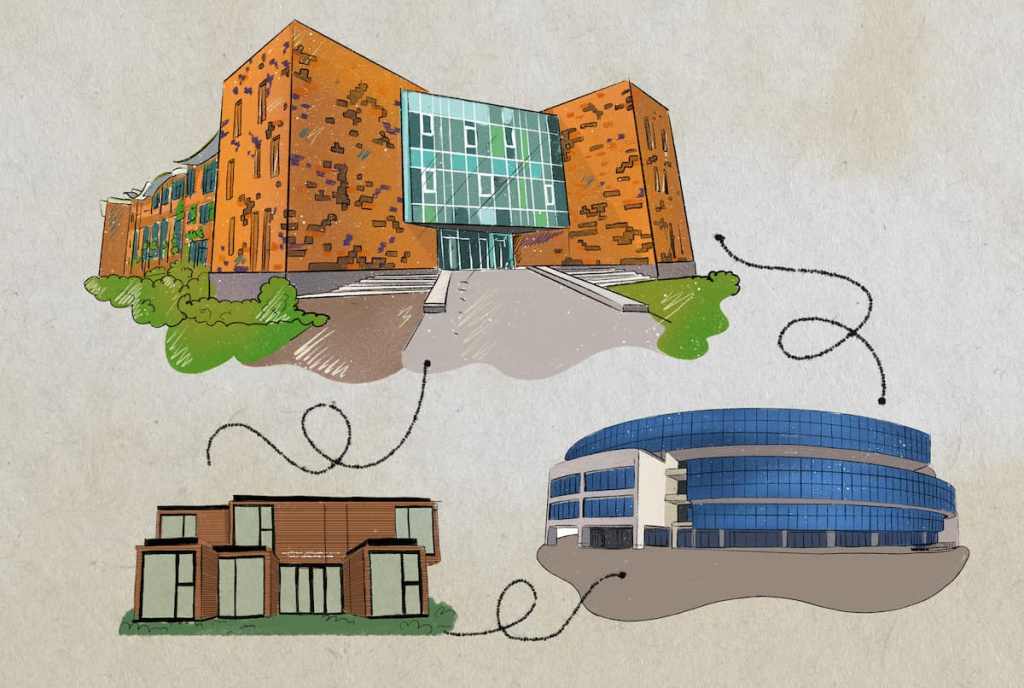
So, from the second half of the 20th century, active construction and improvement of the urban environment of Dilijan began.
In 1986 the master plan of the city was finally approved, the authors of which were the architects L. Eyvazova, M. Hovhannisyan, I. Ter-Sarkisova, K. Ayvazyan, Kh. Vatinyan, S. Avetisyan. The project took into account the extremely difficult terrain, its geological conditions, the presence of roads, and existing buildings. They began the construction of an urban recreation area with an artificial lake, as well as the administrative center of the city, including administrative buildings, a library, a Palace of Culture, and a cinema.
For the development of Dilijan as a health-improving resort city, the resolution on the withdrawal of tuberculosis clinics outside the city was of great importance. The construction of numerous sanatoriums and rest houses began, the sanatoriums "Mountainous Armenia", "Dilijan" and others were especially famous in Soviet times.
Dilijan was developing not only as a resort city but also as a center of the Soviet intelligentsia. This was facilitated, first of all, by the opening of the "House of Creativity of the Union of Composers of the USSR" (1963) and the “Holiday Home of the Union of Cinematographers of the USSR" (1983). Composers of world renown, such as Shostakovich, Khachaturian, Sviridov, and Babajanyan rested here. Other republics of the Union, in particular Georgia and Azerbaijan, also applied for the implementation of this project but the “House of Creativity“ was built in Dilijan. It is known that it was here that Shostakovich composed his famous string quartet №.9.
The Local History Museum (1950) and the Museum of Folk Art (1979) were opened.
Thus, Dilijan gradually became not just a health resort, but also a unique center of creative intelligentsia. In the 80s people from all over the world came to Dilijan not only to relax and improve their health but also to be creative, to see their colleagues, to plunge into the cultural atmosphere.
In parallel, industrial Dilijan was also developing, and factories, plants, and other enterprises were being built. One of the first such enterprises was the furniture factory "New Life" (1923). Dilijan also housed one of the largest enterprises in the country, the “Impulse” plant. The Dilijan mineral water plant, a bakery, a dairy plant, and a knitwear factory were also operating.
Modern Dilijan
On August 23 1990 the Supreme Council adopted the Declaration of Independence of Armenia. On September 21 1991 Armenia, based on the results of a referendum, where most of the population voted for independence, quitted the USSR.
A new independent Republic of Armenia was formed. According to the administrative-territorial division of the republic, Dilijan became the main resort city of the Tavush region.
Since 2013 the Educational-Research Center of the Central Bank of Armenia has been operating in Dilijan. It is an institution equipped with innovative technological solutions, where regional and international conferences in the fields of economics and finance are held, and training programs for retraining personnel of the Central Bank of Armenia are carried out. With the opening of the Center, the development of the financial and economic sphere of the city is observed.
In 2013 the TUMO Center for Creative Technologies, a unique Armenian international project, a school for teenagers aged 12-18 was open in Dilijan. The teenagers master modern technological and creative professions here.
In 2014 the international boarding school UWC Dilijan was opened in Dilijan. It became the first school of the United World Colleges (UWC) educational network in the Transcaucasus and the post-Soviet region, it’s the 14th in the world. The opening of a college of this scale literally activated various spheres of life in Dilijan, which now attracts talented teenagers from almost all over the world every year.
In 2016 within the framework of the program to enlarge the communities of Armenia, the city of Dilijan, the villages of Teghut, Haghartsin, Goshavank, Khachardzan, Aghavnavank, and Hovk were merged into a single administrative-territorial unit. This was the first experience with the enlargement of the communities of Armenia. Soon the enlargement program affected other settlements in the country.
Thus, having gone through a whirlpool of turbulent historical events, because of which the boundaries and toponyms of the settlement changed more than once. Nevertheless, Dilijan preserved its ethnocultural identity, by becoming one of the most interesting and promising cities in modern, independent Armenia.
We are now writing the history of Dilijan. And how it will look depends only on us, residents and guests of the city.
And our “Go to Dili” project will help you understand the taste of modern Dilijan.
- Starting from the summer residence of the kings and getting to the tourist center of modern Armenia
- Pre-Christian period
- As part of Great Armenia
- The first division of Armenia
- The High Middle Ages
- Under the yoke Safavid Iran
- The first mention
- As part of the Russian Empire
- During the formation of the First Republic
- The Soviet period
- The status of a resort city
- Modern Dilijan
Any other questions?
Our specialists will contact you as soon as possible



